Getting Mobile App Performance Optimization Right – Why and How
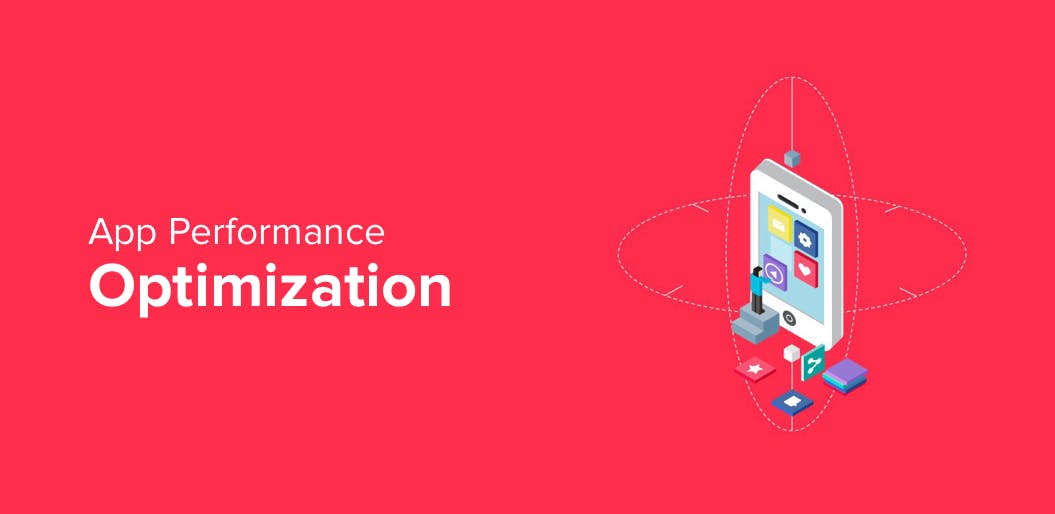
Mobile apps have become an indispensable part of our lives now, to the point that we begin and end our day with them. This is precisely the reason why businesses are following the mobile-first approach in mobile app development to capture and retain their clientele.
This dependence on apps, coupled with increased accessibility to mobile phones and heightened fidelity of mobile data and Wifi networks, has caused the users to become extremely demanding.
Around 21% of users abandon an app after just one use, says a study from Statista . Wait, it gets worse - around 71% of all app users churn within 90 days , across industries.
The rise in users’ expectations makes it incumbent on businesses and developers alike, to create outstanding mobile app experiences . This is where the role of mobile app performance optimization comes in.
Here, we will not only emphasize the need for optimizing mobile apps for improved performance but also what steps you can take to optimize them.
Why Mobile App Performance Optimization
It is mobile app performance optimization that makes it possible for businesses to bridge the gap between what they offer and what the user desires. Its core aim is user retention.
By ensuring that the app offers the best performance, meaningful interactions can be created. And by way of these meaningful interactions, retention becomes possible.

Performance plays a significant role in the success of any online venture as high-performing apps engage and retain users better than poor performers.
Here are a few major factors that warrant optimizing mobile app performance.
User Expectations
The word mobile defines it all. Users relate mobiles with convenience and speed. They are much more likely to switch between apps when using a mobile.
Research suggests that the attention span of a mobile user is much shorter than that of a desktop user. Therefore, an app developer cannot afford to disappoint a user with poor performance, whether related to loading speed or redirecting pages, just to mention a few.
Varying Network Speeds
A mobile user would mostly be using the app on-the-go, so the app needs to adapt to the changing network speeds, and deliver an optimal experience accordingly.
As devices move from Wifi to mobile data (2G, 3G, 4G, and soon 5G) back and forth, turns out, mobile app performance optimization isn’t a choice, but a necessity to keep your users from abandoning your app.
App Abandonment
We’ve already learned that 1 out of 5 users might never come back to your app if you fail to deliver the experience they want. Poor app performance is one of the biggest reasons behind the 21% app abandonment like we just found out.
When seen from the perspective of a user, poor app performance is more likely to result in app failure or abandonment, than any of the more functional errors.
Target Time of App
Back in 2015, an experiment by Pinterest revealed that rebuilding pages for performance resulted in a 40% decrease in Pinner wait time, and 15% increase in SEO traffic as well as the conversion rate for signup.
Several surveys and reports converge on a consensus that the optimal time that an app should take to load is two seconds or less. Optimizing apps for performance ensures that the target time to load meets users’ requirements.
Fostering App Adoption
Good experiences delivered through mobile performance optimization can lead to favorable reviews on the app store, and tremendously boost adoption rates.
Coping with Bandwidth Limitations
Bandwidth limitations are one of the greatest challenges that mobile app developers face while incorporating features and functionality in an app. Application performance optimization has the potential to address this issue.
How App Performance Optimization is Done
1. Creating a Captivating User Interface (UI)
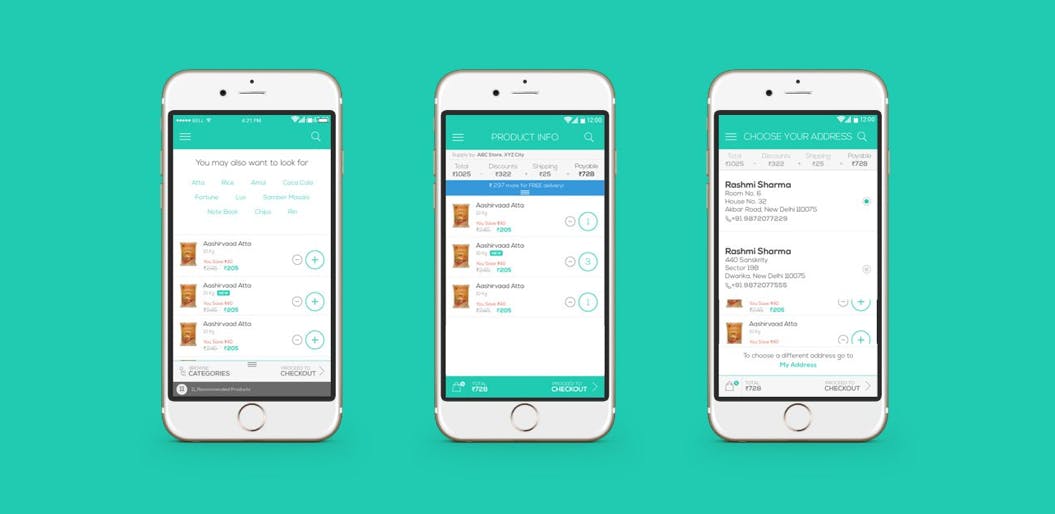
Any poor user interaction can ruin the app experience, thus turning the user hostile, and resulting in app abandonment. An app’s user interface (UI) needs to be simple and convenient to use in order to ensure a smooth experience. Beyond that, it should also be compelling enough to retain the user by leaving an impression on them.
The experience per se, however, is not limited to just the visual design, as one may be led to believe. It goes way beyond the visual appeal. Important factors like short loading time also serve to captivate the audience.
If testing reveals UI delays, the app is likely to face abandonment since an impatient user will simply walk away. So, it’s extremely important to fix these errors as a part of optimizing mobile app performance.
Always remember to create a UI keeping your clientele in mind. That will help you optimize the app performance with the right aim.
2. Increasing App Usability Across Networks
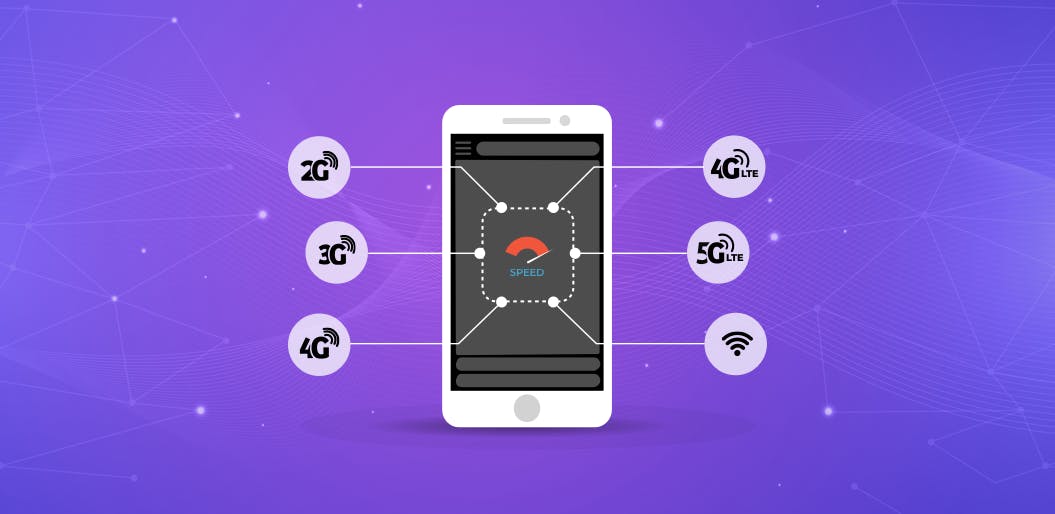
The fact that mobile devices keep transitioning between mobile networks, makes it necessary for the developer to optimize its usability across networks. Here’s what you should do:
Implement a preferences screen for selection of explicit control that your user must set over your app’s usage of network resources. To do so, your manifest must have the right permissions and intent filters. Reduce scrolling as much as possible. More scrolling calls for more data from the web services, thereby affecting the bandwidth. Enable your app to detect a network type – 2G, 3G, 4G, LTE, Wifi – and respond accordingly. You should provide a refresh button on top of the page or image that allows it to reload when the internet speed changes. Your app must be capable of detecting bandwidth before auto-playing/downloading videos. For example, Facebook now auto-detects when the bandwidth is and auto-plays videos. It is a good idea to caution users with a message whenever a bad network is detected. This helps the users know that some of the app’s functionalities may not work.
3. Checking Crash Monitoring through Profiling Tools
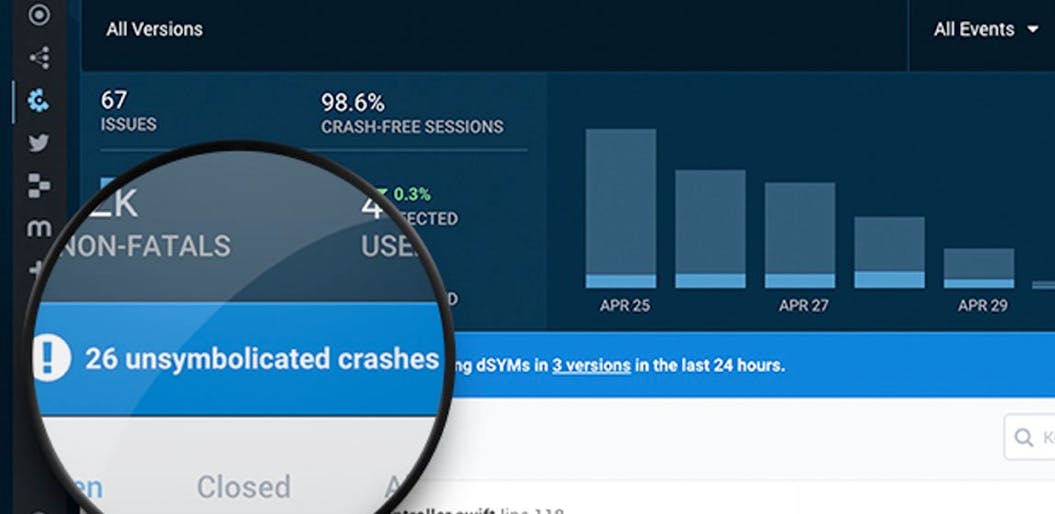
Crash monitoring is an extremely important process in the way of ensuring that user interaction is maintained consistently. When it comes to retaining the users in the long run, crash monitoring is a staple.
With the help of crash monitoring and reporting, you can monitor fatal and non-fatal errors in your iOS as well as Android apps over a period of time (short as well as long), and custom reporting even allows you to trace the steps that had led to those errors.
Should you decide to do it, you will also need to add profiling tools. As the owner of the app, you need to have a system in place that allows you to track the crashes and deploy alternate code immediately. Profiling tools can help you detect crashes and help fine-tune the app. A better performing app will ensure more user acquisition any given day, than the one that has performance issues.
4. Ensuring a Better UX through Performance Testing

Any app will remain incomplete without performance testing. Before launching the app, you need to test its performance thoroughly to ensure you deliver the best to your users. Mobile app performance testing has to be done consistently, even during app maintenance.
Since various operating systems, browsers, network speeds, and devices could be interacting with your application at any given time, testing needs to be a continuous process based on user experience.
Local testing is great before the launch and so is automated testing, but post-launch, there will be numerous variables that users come across while using your app. There is nothing like real interactions from real users, that will give you the most exact view of what problems are encountered.
There are easily accessible performance testing tools that will enable you to perform important functions like load testing, security and privacy of data, and performance during network switches, etc.
The following are features need to be constantly checked to ensure your app always rates high in the app store:
Load testing Security and privacy of data Performance during network switches
5. Sustaining the App’s Efficiency across Various Devices
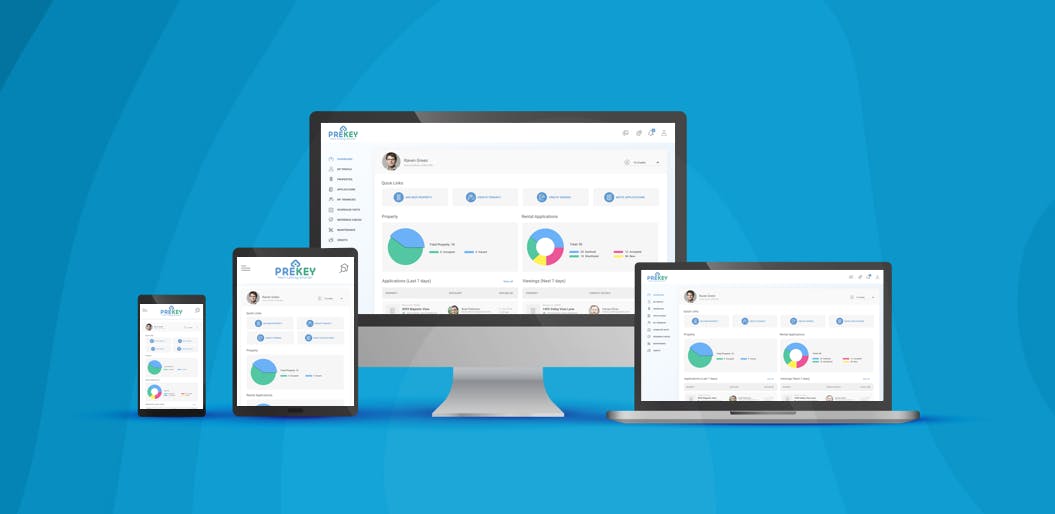
This is one of the most important aspects of mobile app performance optimization since the mobile market is teeming with smartphones brands.
Just like your app should be ready for different network speeds, you must also optimize your app’s performance for use on various mobile devices.
It is necessary to test the app’s performance across different devices and customize the functionality for different operating systems. From memory to battery consumption, your app needs to adapt well to any device’s OS, while consistently delivering the best experience to the user.
Whether yours is a native or a hybrid app, the fact is that they will be used on various versions of operating systems and compatible handsets. Hence the need for creating a user experience that runs smoothly through various devices and their operating systems.
You can understand this further by reading our post Native vs Hybrid Apps: From Confusion to Clarity.
Conclusion
As app abandonment remains the greatest challenge for app owners, performance optimization is possibly the most highly effective solution to this problem. In fact, performance enhancements and user experience go hand in hand in defining the popularity of any mobile app.
Application performance optimization is crucial not only for user retention but also to for user acquisition. This is why it is critical to get it right the first time and to keep optimizing the performance with the passage of time and change in the user environment and expectations.
